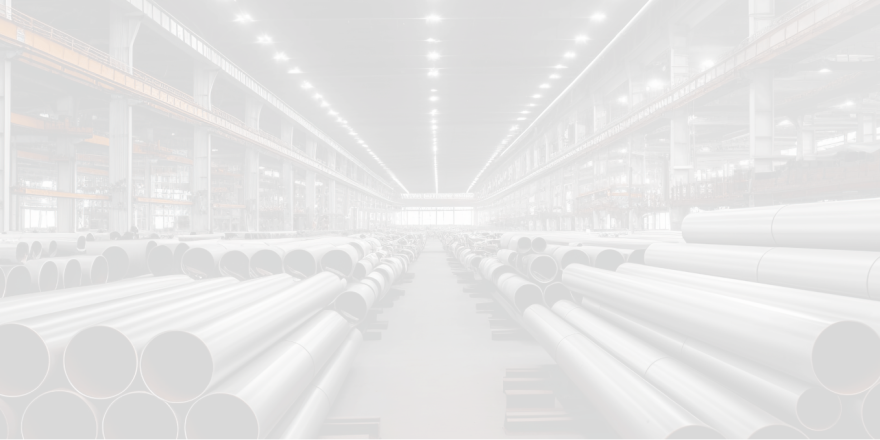Key Differences Between Seamless And Welded Pipes
Pipes are necessary components in various industries, serving as conduits for transporting fluids, gases, and other materials. Two primary types of pipes used in these applications are seamless and welded pipes. Understanding the differences between them is important for selecting the appropriate option for specific projects. For businesses seeking quality materials, partnering with reliable seamless pipe suppliers in Dubai ensures access to products that meet their needs.
Manufacturing process:
The primary difference between seamless and welded pipes lies in their manufacturing processes. Seamless pipes are made from solid round billets, which are heated and then pierced to form a hollow tube without any seams or joints. This process ensures that the material maintains uniform strength and integrity throughout its length.
In contrast, welded pipes are created by rolling flat plates or strips into a cylindrical shape and then welding the edges together. The welding process can introduce weaknesses along the seam, making it a key factor in their overall strength.
Strength and durability:
Seamless pipes are generally considered stronger and more durable than welded pipes. The absence of seams in seamless pipes means there are no weak points, allowing them to withstand higher pressure and stress levels. This characteristic makes them ideal for high-pressure applications, such as in the oil and gas industry or in high-temperature environments.
Welded pipes, while still strong, may be more susceptible to failure at the weld joints, especially under extreme conditions. The quality of the weld and the skill of the welder can significantly impact the pipe’s overall performance and reliability.
Cost:
In terms of cost, welded pipes are usually more economical than seamless pipes. The manufacturing process for welded pipes is less complex and requires fewer raw materials, which can lead to lower production costs. This makes welded pipes a popular choice for applications where cost is a primary concern, such as in water distribution systems and low-pressure applications.
Seamless pipes, instead, tend to be more expensive due to their complex manufacturing process and superior properties. However, the long-term benefits of seamless pipes in terms of durability and reliability can outweigh the initial costs for specific applications.
Applications:
Seamless pipes are often preferred in industries that require high performance and safety, such as oil and gas, aerospace, and chemical processing. Their ability to handle extreme pressures and temperatures makes them suitable for key applications.
Welded pipes find their place in a variety of applications, including construction, plumbing, and HVAC systems, where the demands may not be as stringent. They are often used for lower-pressure applications, making them ideal for many standard industrial uses.
